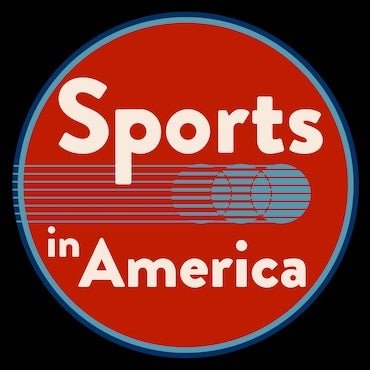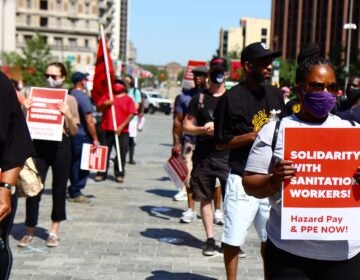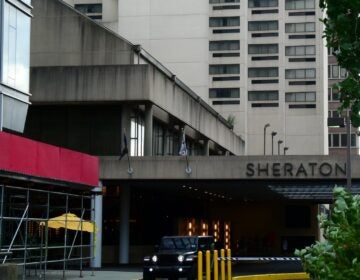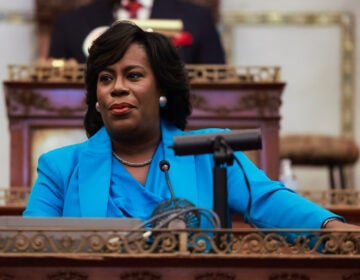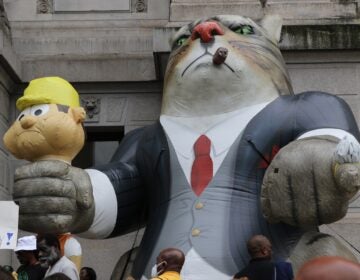Philly’s changing union labor scene
In Philly, long known as a blue-collar "labor town," the kinds of workers organizing is changing — a shift that started before the pandemic gave workers' issues new urgency.
Listen 15:24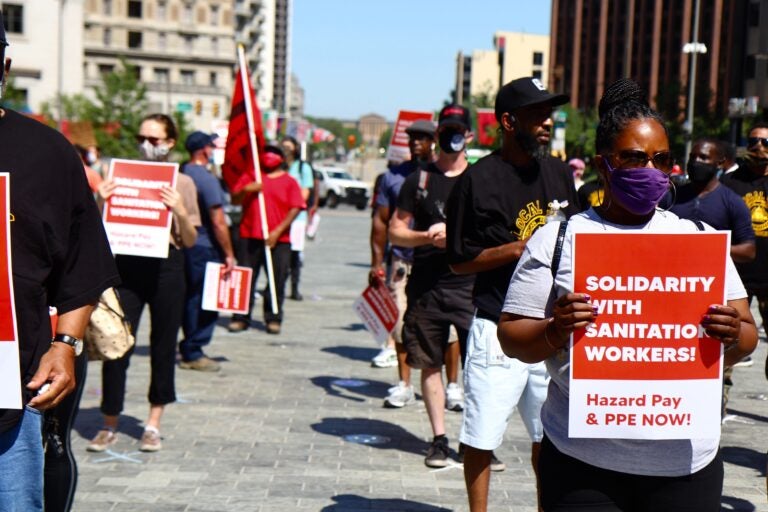
Labor union members including teachers and librarians joined a solidarity protest for the conditions of sanitation workers in the city of Philadelphia.(Kimberly Paynter/WHYY)
Union membership is at a historic low in the U.S. while public support for unions is on the rise. And in Philadelphia — long known as a blue-collar “labor town” — the kinds of workers organizing has been changing.
The Philadelphia Inquirer’s Juliana Reyes, who covers labor and unions, explains why millennials in particular are driving that shift, which started before the COVID-19 pandemic gave workers’ rights issues new urgency.

Hear the whole story on The Why
Interview Highlights
On how the pandemic has moved many workers to organize
There’s been a lot of worker organizing around COVID working conditions, but it’s not only been unions that have been fighting for these better working conditions. There’s been a lot of nonunion worker organizing. So we’re seeing like restaurant workers, baristas, different kinds of workers who are not in a union are organizing demanding better conditions on the job … And there’s a lot of social media organizing. So we’ll see restaurant workers putting up Instagram accounts and posting their demands on there and posting relief funds where they’re saying, “Here’s where you can donate money and support us while we’re on strike.” We’re seeing workers ask for hazard pay and personal protective equipment and for rights when it comes to like being called back to work.
On the shift in the types of workers organizing in Philly
It definitely has become more urgent during the pandemic, and there’s been more widespread awareness of the working conditions of workers around the country, but there has been there was already a shift happening before the pandemic where different kinds of workers were forming unions in their workplace being driven by college-educated workers and workers who are working at these mission-driven organizations … and other seemingly progressive institutions … We’re seeing a lot of a lot of this new union energy being driven by millennials, and you’re seeing a lot of that because for millennials, this is the second recession that they’re living through. And so they’re like, “We spent all this money to go to college and get a master’s degree and we’re still just scraping by. We don’t have job security.”
On what the future could hold
I think it’s important to be realistic about where we’re at right now, which is that we are still at 10% union membership. And though we’re seeing new union efforts … it isn’t necessarily thousands of workers. It’s like a few hundred workers. So it’s not moving the needle that much. Still, this is an undeniable moment, and there’s all these new unions in fairly different kinds of workers are organizing … I think we’re going to see a lot more organizing around workers that aren’t traditionally in unions, workers that don’t really have easy access to unions. So I’m talking about like retail and fast food workers in big chains. And those workers, it’s really hard for them to join a union because of the way that their companies are set up … There’s there’s been action around giving domestic workers like nannies and house cleaners labor rights, and they’re not allowed to collectively bargain because they’ve been carved out of federal labor law.
WHYY is your source for fact-based, in-depth journalism and information. As a nonprofit organization, we rely on financial support from readers like you. Please give today.

